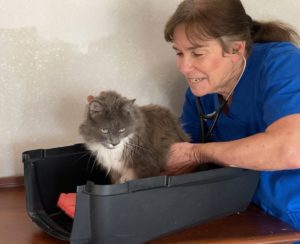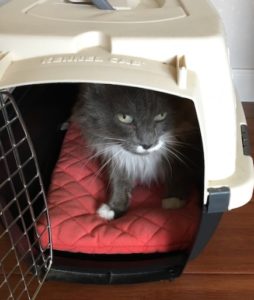
“Moving with Your Cat” was originally published 9-26-21. This newer version has been updated and contains additional information.
Moving to a new home is stressful even when everything goes right! Imagine how confusing moving is to our cats – the boxes are fun when empty but soon they fill up with things and your cat can no longer jump in.
From the Feline Purrspective…
The bed you used to siesta on gets bagged up and taken away by strange humans. Your world seems to be coming to an end. Will you have enough to eat? Will you be safe from predators? Where can you hide?
Cats are territorial animals. An outdoor cat’s home range is the maximum area he roams and hunts in. Within the home range is a smaller area that the cat will actively defend – his territory. Inside this defended area is a smaller area called the “core territory”, where the cat can rest, has shelter, and feels safe from predators and other cats. Moving with your cat removes him from his core territory – the house or apartment he lives in.
How can we communicate safety and security to our cats when we move? Somehow, we cat owners have to provide what our cats need even though we are no longer “at home”.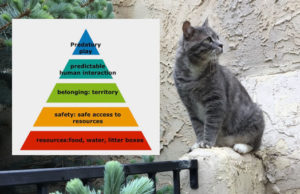
- Resources : food, water, litter box, shelter
- Safe access to resources
- Belonging: territory
- Human interaction: predictable
- Playtime: predatory behavior
Moving with Your Cat
Getting ready
- Resources: Stock up on your cat’s preferred litter and food – if you are traveling by air, perhaps you can ship some of this to your new address.
- Safe access to resources: Create a “safe place” for your cat. When moving with your cat, this will most likely be her carrier. Make sure your cat is comfortable in her “home away from home”. In the weeks leading up to the move, leave it out for her to explore and nap in. Consider feeding her meals in it.
- Set up a “mobile” territory: A lot of cat communication is by smell. Cats have some of the best noses -with 30 genetic variants of the V1R receptor protein in their vomeronasal organs, they are able to discriminate between a wide variety of smells (Reference 1). So, avoid laundering cat blankets or quilts that your cat sleeps on – the familiar scent of home can help reassure your cat of his territory when he is on the move.
- Predictable, positive human interaction: Try to maintain daily feeding and grooming routines as you travel.
- Predatory play: Don’t forget play time – try to set some time aside to play with your cat when traveling.
Other things to consider when moving with your cat:
- Is your cat microchipped in case he escapes?
- Consider a calming supplement such as Zylkene, Calming Care. It is best if you start these several weeks before moving.
- Have copies of your cat’s medical records. Locate a cat-friendly practice in the new neighborhood.
- Do you need a health certificate for travel?
- Consider getting your cat accustomed to wearing a harness and leash. Even if not fully leashed trained, a harnessed cat can be more easily handled in an airport or at a rest stop if you have to change out soiled pads in the carrier.
- Consider asking your vet for calming medication for travel.
- Multi-cat homes: Identify the social groups in your home before moving. This can help you when introducing your cats to their new territory.
moving day
Although some cats travel well together, it is usually a good idea to have separate carriers for each cat in case some random event frightens one of the cats, resulting in a cat fight.
You may want to keep your cat(s) in their own room with their carriers while furniture, etc is being moved – you don’t want them to escape!
Arriving at your new home…
- Establish a “safe place” for each cat or social group: Choose a room with a door you can close, that does not have places where your cat can hide (under the bed, behind a bookcase) and you can’t get him. Use one of your smaller moving boxes as a hiding space – put a comfy bed or blanket in this box.
- The “safe” room should contain all your cat’s essential resources – food, litter box, water, scratching post.
- Use pheromone diffusers in the “safe place”. You may also want to have them throughout the new house or apartment.
- A gradual introduction to the new house is best for most cats. Pay attention to your cat’s body language – if she seems scared or frightened, allow her to stay in the “safe room”. Once she seems curious about the world outside her safe place, allow her to explore the rest of the house – you may want to accompany her (a harness/leash can be handy) on her first forays into the new space.
- Maintain feeding and play/grooming routines as best as you can.
In a multi-cat homes, you may want to use a protocol similar to introducing cats. Assess how the different social groups are adjusting before allowing free access to everything. A move can disrupt the social order, giving a dominant cat an opportunity to pick on a more timid cat.
Moving with your cat is an adventure…
When your cat arrives at his or her new home, he/she must establish a “new” territory. We can facilitate this process by:
- ensuring that your cat has familiar items with her – the food and litter she is accustomed to, beds/blankets that have her scent on them, and a carrier she is comfortable in
- allowing him to establish a new “core” territory first in a “safe” room
- allowing her to choose when she is ready to leave her “safe” place to explore the rest of the house.
Moving is stressful for us and for our cats. Make sure to monitor your cat(s) for sickness behaviors. Reduced appetite, vomiting, or diarrhea can be signs of stress-related issues. Consult a veterinarian if these problems don’t resolve in a day or two or if your cat does not eat for more than 24-48 hours.
references
- Kristyn R. Vitale Shreve, Monique A.R. Udell, Stress, security, and scent: The influence of chemical signals on the social lives of domestic cats and implications for applied settings, Applied Animal Behaviour Science, Volume 187, 2017, pp. 69-76, ISSN 0168-1591, https://doi.org/10.1016/j.applanim.2016.11.011
Want to keep up with the world of cats? Subscribe to The Feline Purrspective!

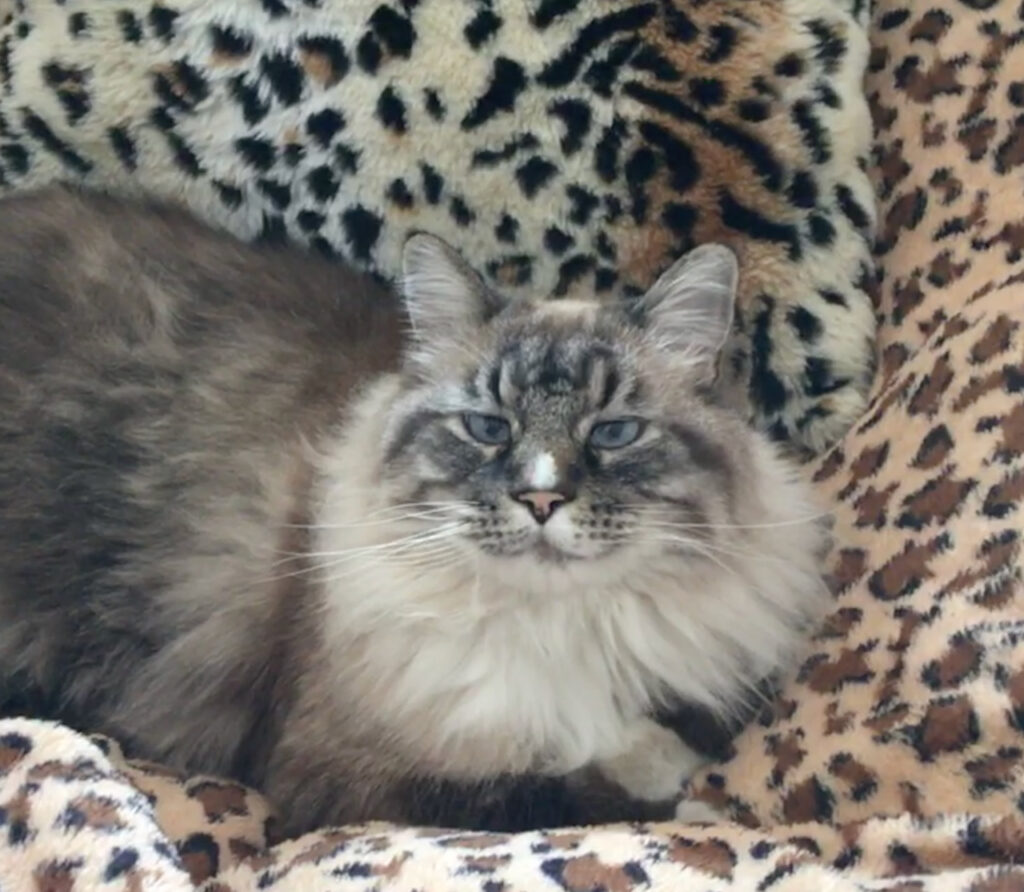
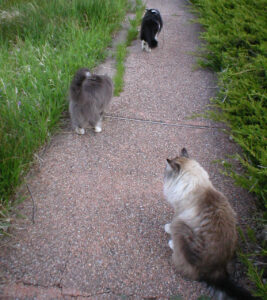
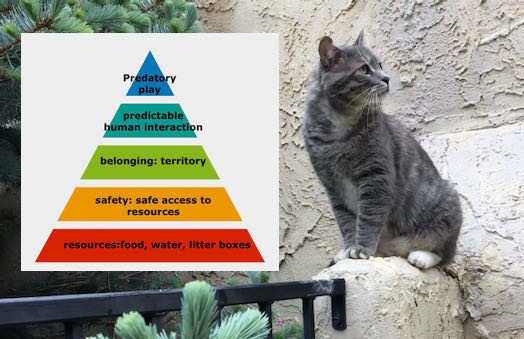
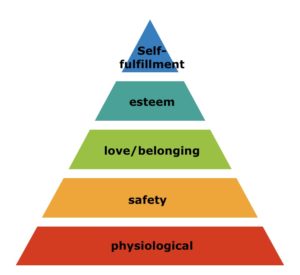
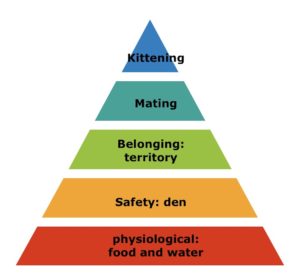


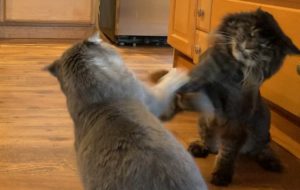 It is not uncommon for cats in a multi-cat household to engage in some redirected aggression. For example, cats waiting to be fed may engage in “boxing matches”. A cat watching birds at a window may swat at another cat who comes “too close” to her “bird-watching” spot. The cats are frustrated because the food or the birds are not available and they release their frustration through a physical motion. These incidents usually extinguish themselves and there are not lasting consequences.
It is not uncommon for cats in a multi-cat household to engage in some redirected aggression. For example, cats waiting to be fed may engage in “boxing matches”. A cat watching birds at a window may swat at another cat who comes “too close” to her “bird-watching” spot. The cats are frustrated because the food or the birds are not available and they release their frustration through a physical motion. These incidents usually extinguish themselves and there are not lasting consequences.
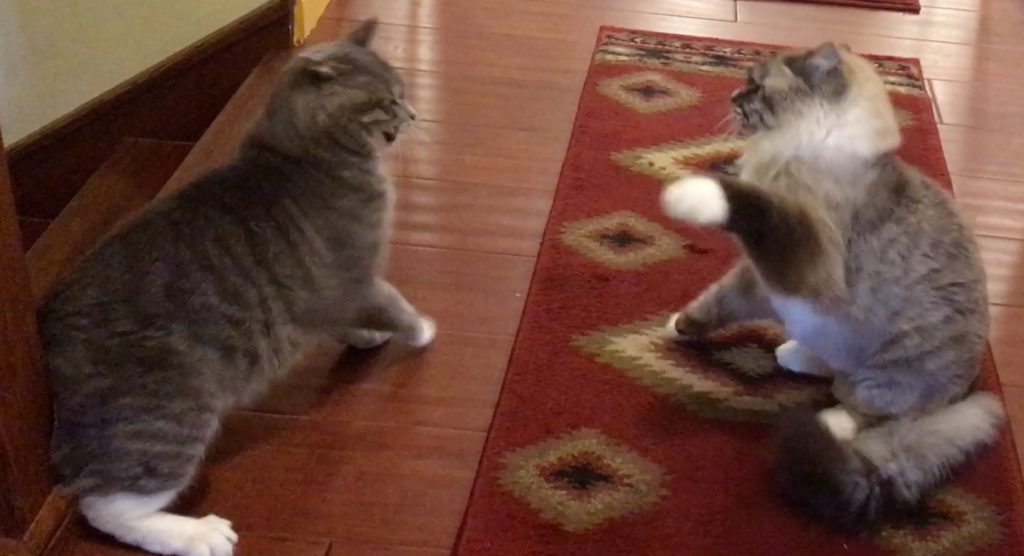 You are sitting by the window, engrossed in your latest murder mystery. You don’t notice that neighborhood tabby outside your window but your cat does and goes into full battle mode, hissing and striking at the window. You look up and jump, as your cat turns and strikes out at you. She looks like a miniature saber tooth tiger! Alarmed, you throw your glass of water at her as you beat a hasty retreat.
You are sitting by the window, engrossed in your latest murder mystery. You don’t notice that neighborhood tabby outside your window but your cat does and goes into full battle mode, hissing and striking at the window. You look up and jump, as your cat turns and strikes out at you. She looks like a miniature saber tooth tiger! Alarmed, you throw your glass of water at her as you beat a hasty retreat.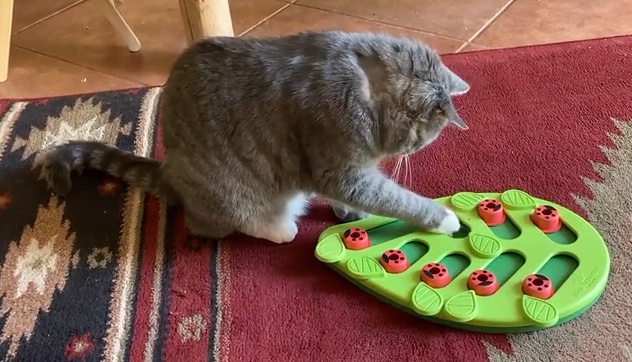 Why slide a block aside to uncover food when there is food freely available in a bowl nearby? Psychologists call the behavior “
Why slide a block aside to uncover food when there is food freely available in a bowl nearby? Psychologists call the behavior “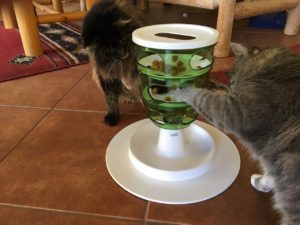

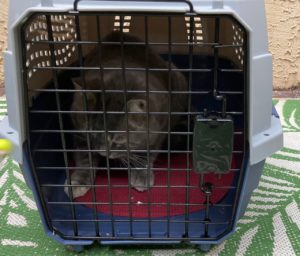 Many of us (cat owners) dread taking our cat to the vet. There is the ordeal of the carrier and car trip; once there, your cat seems miserable. However, regular veterinary care is the key to a happy and longer life for your cat. Can medication before your cat’s vet visit help?
Many of us (cat owners) dread taking our cat to the vet. There is the ordeal of the carrier and car trip; once there, your cat seems miserable. However, regular veterinary care is the key to a happy and longer life for your cat. Can medication before your cat’s vet visit help?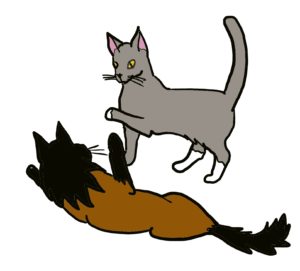


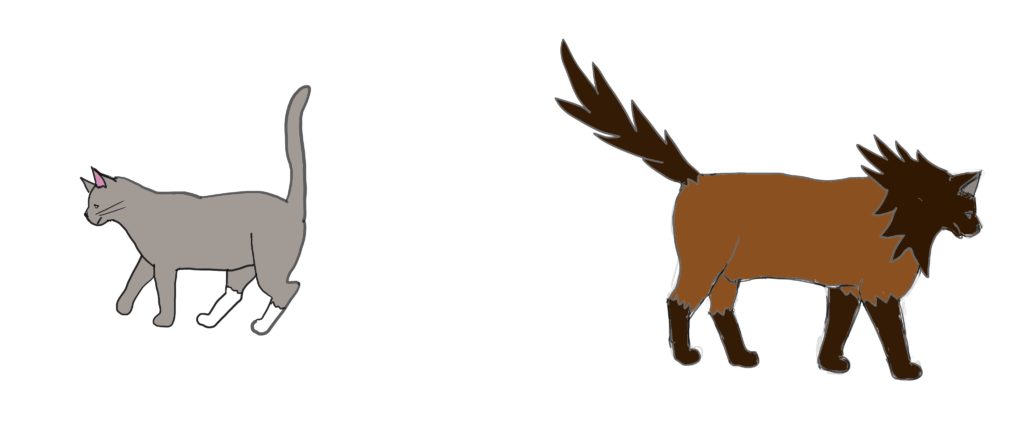 Play usually ends with one cat standing facing the other cat, who may be on his/her side, or there is a chase sequence that just dies off, with the cats walking away from each other.
Play usually ends with one cat standing facing the other cat, who may be on his/her side, or there is a chase sequence that just dies off, with the cats walking away from each other.